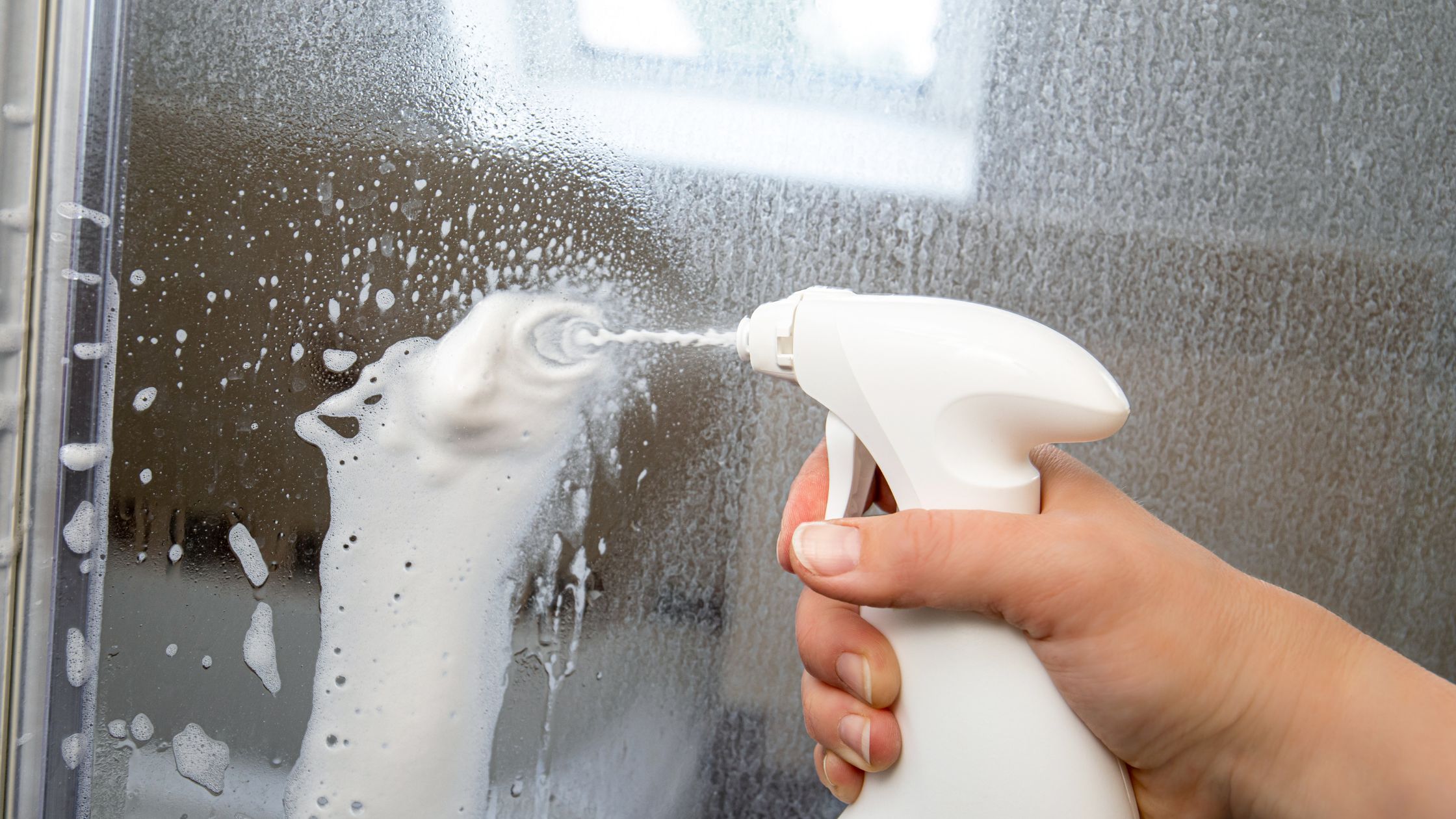Which descaler is the cheapest and which is the most effective? How to save your appliances and money. MoneyHub found out what works and what doesn't. Find out now!

How to remove limescale better: vinegar, citric acid or a special descaler?
Regular cleaning and maintenance of household appliances saves money, but a poorly chosen cleaning agent can also damage or even destroy the machine. What is the most effective limescale remover for a kettle, washing machine, or coffee machine, considering its effectiveness, cost, and environmental impact?
If your kettle takes longer to boil, your coffee machine makes a terrible grinding noise, or your washing machine doesn’t finish its cycle, limescale is likely the culprit. This hard, mineralised deposit from water requires a chemical reaction to dissolve. This is where acids, regular cleaning, and maintenance come in.
MoneyHub bought and tested three common descaling agents from stores: a 500g pack of citric acid, 1L of 30% culinary vinegar, and a special 0.5L bottle of coffee machine descaler. We analysed their chemical composition and calculated how much limescale they can actually dissolve. The results were surprising and give a clear answer on which is the best product for your appliances and your wallet.
Why does acid dissolve limescale?
The main component of limescale is calcium carbonate (CaCO₃) – the same substance that makes up limestone and, for example, eggshells. Upon contact with an acidic environment, a chemical reaction occurs. The hydrogen ions (H⁺) of the acid attack and “break down” the calcium carbonate molecule, turning it into water-soluble calcium ions and carbon dioxide (visible as bubbles during the reaction). In a simplified formula: 2H⁺ + CaCO₃ → Ca²⁺ + CO₂ + H₂O
Therefore, the effectiveness of a descaling agent depends on three main factors:
- How many hydrogen ions (H⁺) does the product contain?
- The strength (concentration) of the acid.
- The amount of active ingredient.
Three particularly acidic contenders enter the arena:
- Special Natural Descaler (0.5L, lactic acid-based)
Price: ~1.5 euros
Result: Calculations showed that 0.5L of a 10% lactic acid solution contains only about 0.56 moles of hydrogen ions. This is the weakest result in the comparison.
Con: Low dissolving power for serious limescale.
Pros: Explicitly created for descaling various household appliances. Being the weakest, it also doesn’t damage the coffee machine’s internal parts, seals, or plastic. Often contains additives that bind dissolved limescale particles, preventing them from settling again. Odourless.
- 30% Culinary Vinegar (1L, acetic acid)
Price: ~1.5 euros (cheapest option)
Result: 1 liter of 30% acetic acid solution contains ~5.19 moles of hydrogen ions. That’s almost 10 times more than the special descaler!
Cons: Strong, sharp smell that is hard to remove later. Can be too corrosive for some plastic or metal parts (e.g., aluminum) with prolonged contact. Requires thorough rinsing.
Pros: Extremely cheap and very effective. Good for cleaning appliances with very thick limescale.
- 500g Citric Acid (powder)
Price: ~4.5 euros (best value for money)
Result: Winner! 500 grams of citric acid can release up to ~7.14 moles of hydrogen ions. This is the highest figure in the comparison, making it the potentially most effective limescale remover.
Con: Needs to be dissolved in water before use.
Pros: Very effective limescale solvent. Unlike vinegar, it has a very subtle citrus scent. Safer for hard surfaces than vinegar. Environmentally friendly and biodegradable.
Conclusion and MoneyHub’s recommendation: what is the best choice?
It’s important to distinguish between effective and appropriate use.
If the appliance is seriously scaled, the most effective and cost-efficient solution is to use dissolved citric acid or diluted vinegar. Citric acid is preferred by many due to its more pleasant and milder smell.
Suppose it’s for regular maintenance or a more expensive coffee machine (especially under warranty), whose internal materials might be sensitive to stronger acids. In that case, it’s reasonable to use a special (manufacturer-recommended) descaler. Although its chemical dissolving power is lower, its safety and ready-to-use convenience are likely worth the higher price. It’s like paying for insurance to avoid potential device breakdowns.
Financial summary:
– The winner for savings and effectiveness is clearly citric acid. It offers the most “dissolving power” per euro spent.
– The cheapest solution is vinegar. A very effective solvent but requires greater handling caution and thorough rinsing.
– The prize for safety and convenience goes to special descalers, as they are sold as ready-to-use solutions that are simple and foolproof to use and are more reliably safe for the appliance being cleaned.
Regardless of your choice, remember: Before using any product, read your appliance’s user manual! Some manufacturers may prohibit cleaning appliances with acidic products, which could void the warranty.
Invest a minute in maintaining your household appliances – it will save you from potential expensive repairs and significantly extend the life of your devices. Happy cleaning!
NB! ⚠️ IMPORTANT TO REMEMBER
Acids can help clean allies, but it is imperative to follow safety precautions when using them. Here are the most important ones:
– Use all necessary precautions when handling acids – suitable protective gloves and safety glasses if needed.
– Avoid contact with acid on the skin and prevent vapours from getting into the eyes.
– Work in a well-ventilated area.
– Correct dilution: ALWAYS add acid slowly to water – not the other way around! This prevents the acid from splashing out of the container.
– Keep chemicals away from children and pets.
– Read the product label: Familiarise yourself with the product’s safety instructions before use.
A little caution can prevent big problems. Safety doesn’t take much time, but it is the most important step.